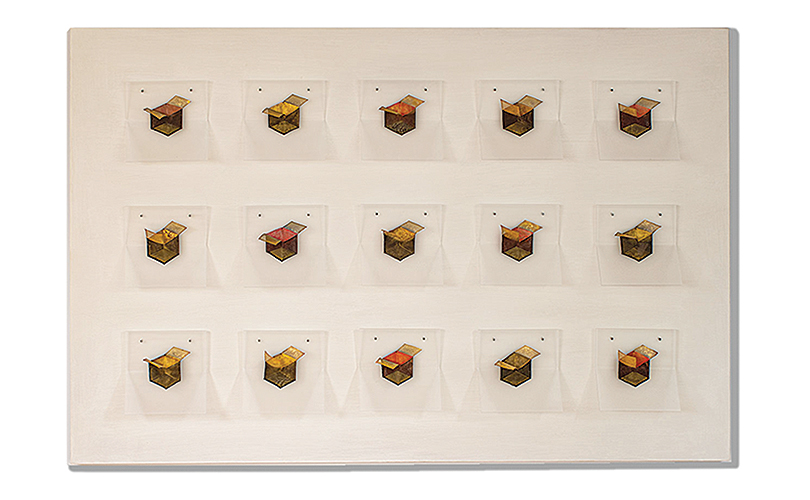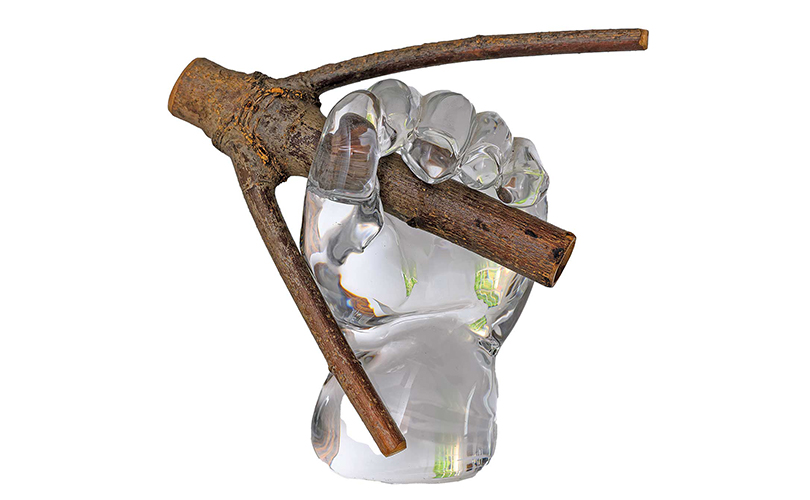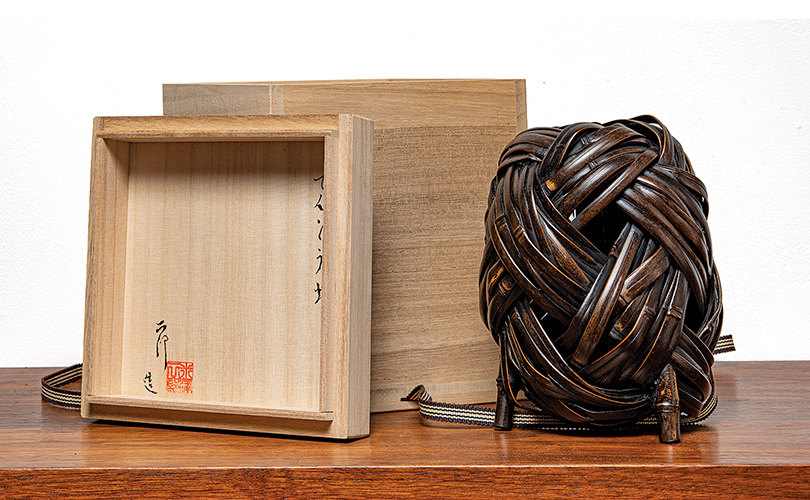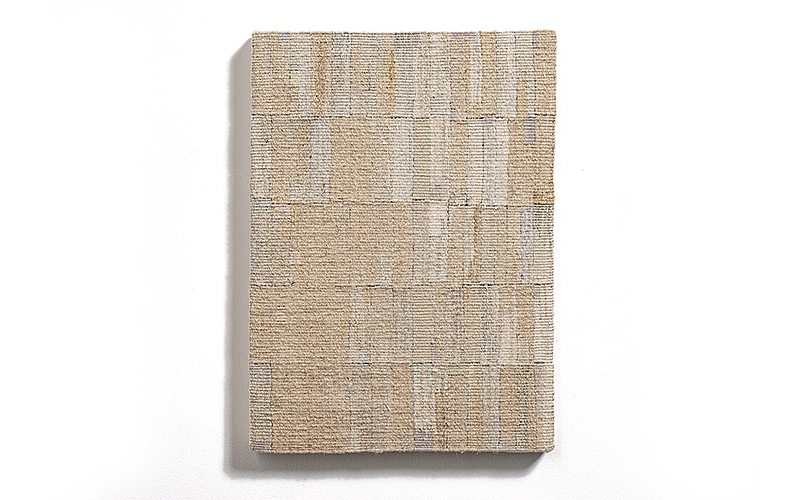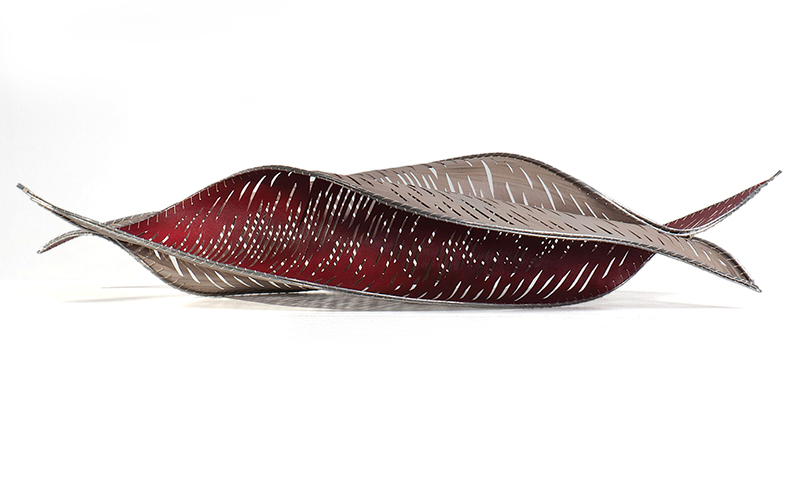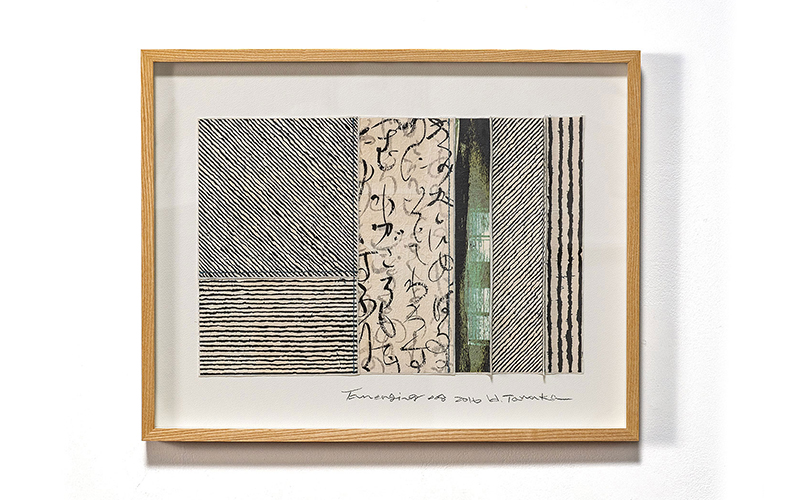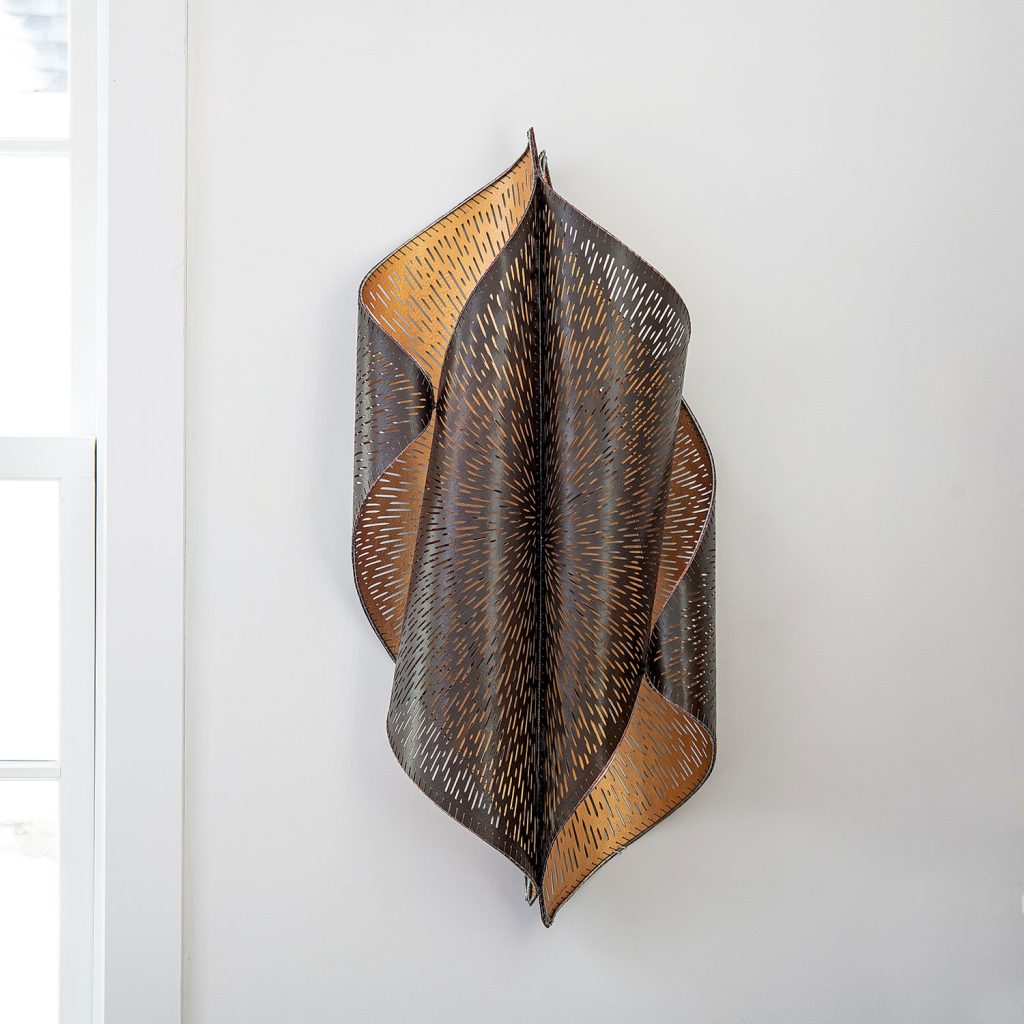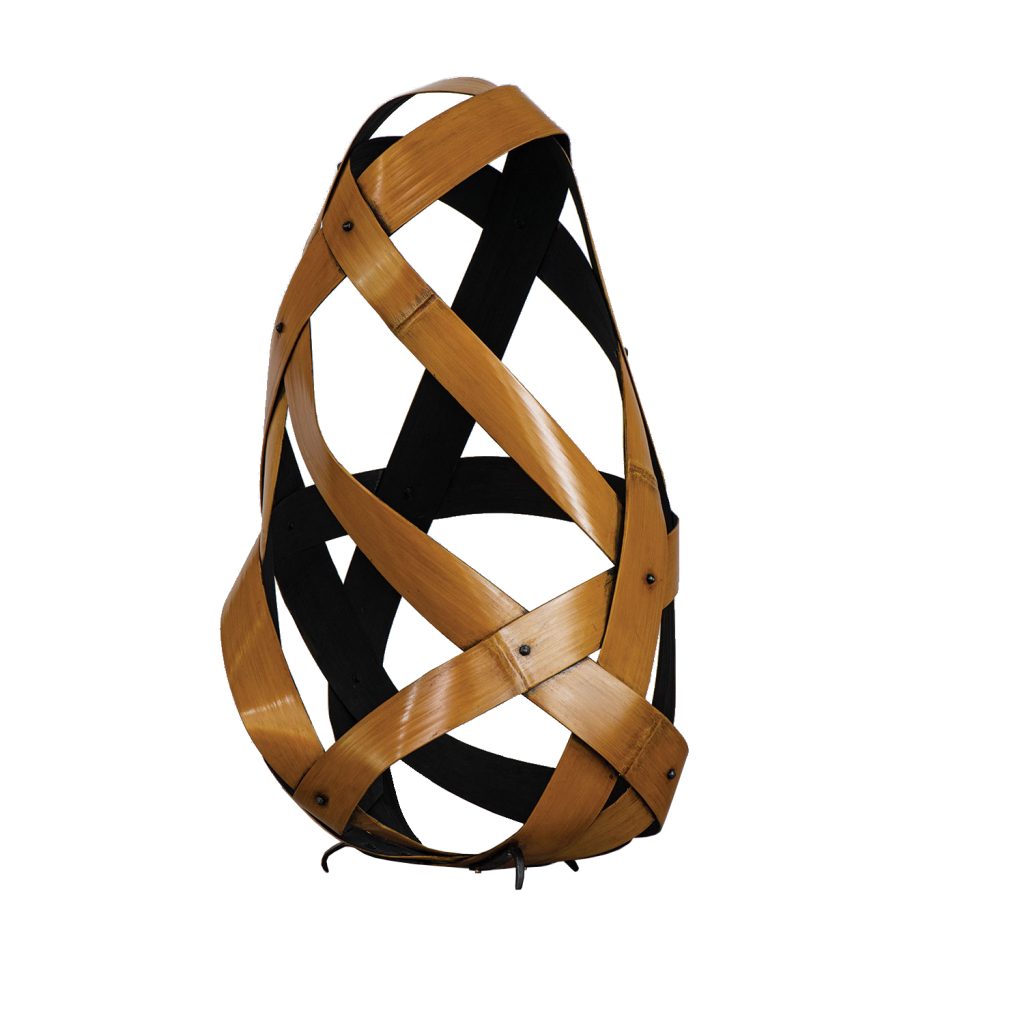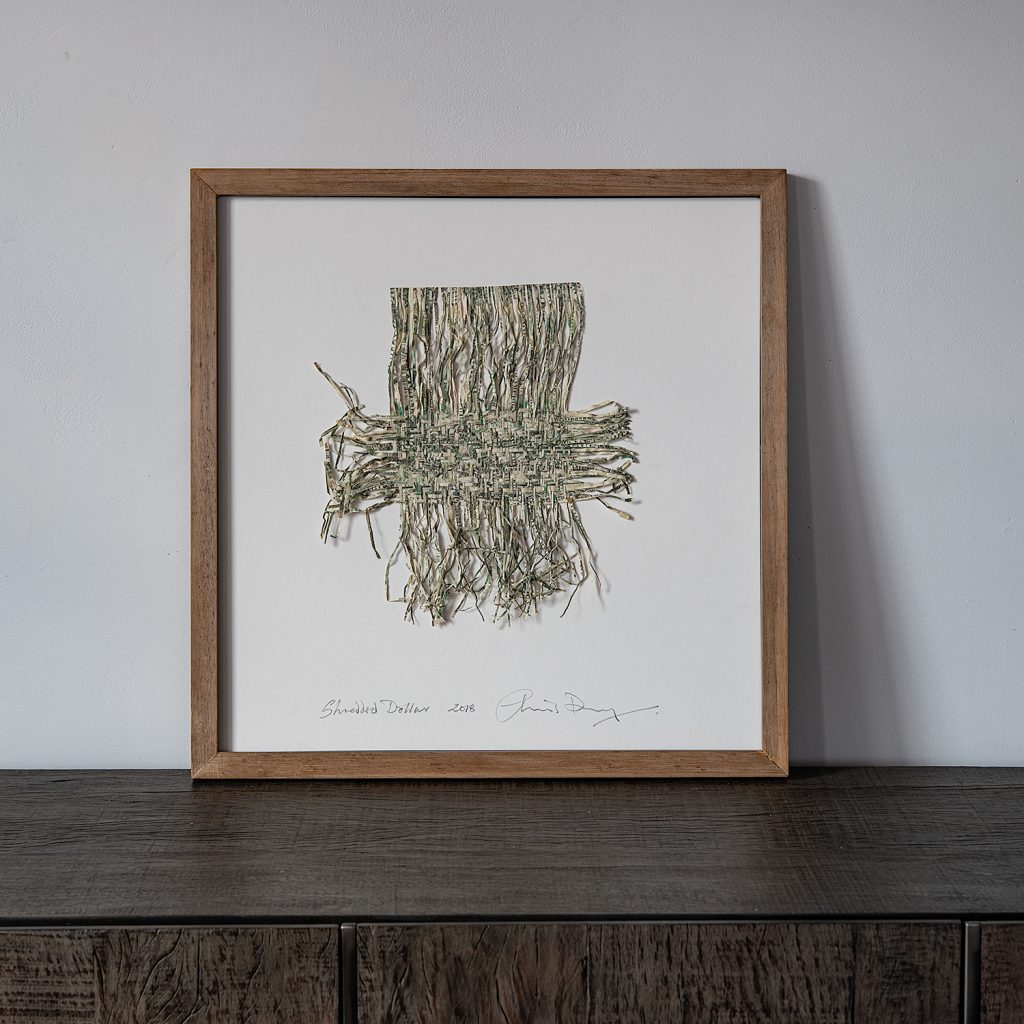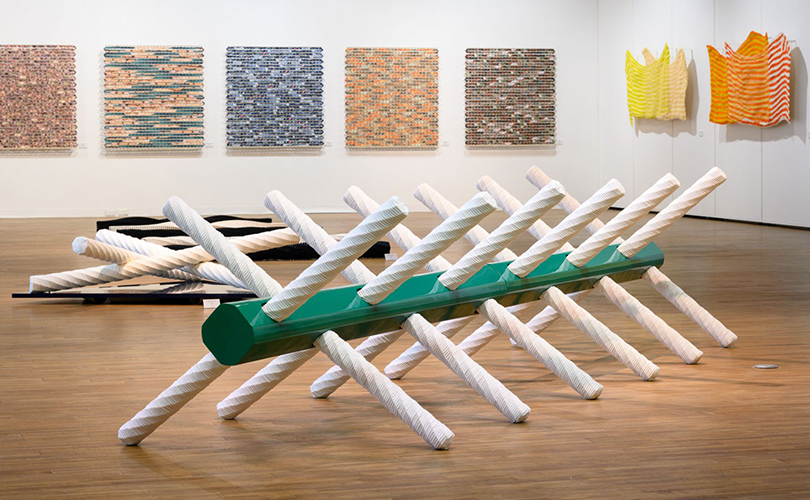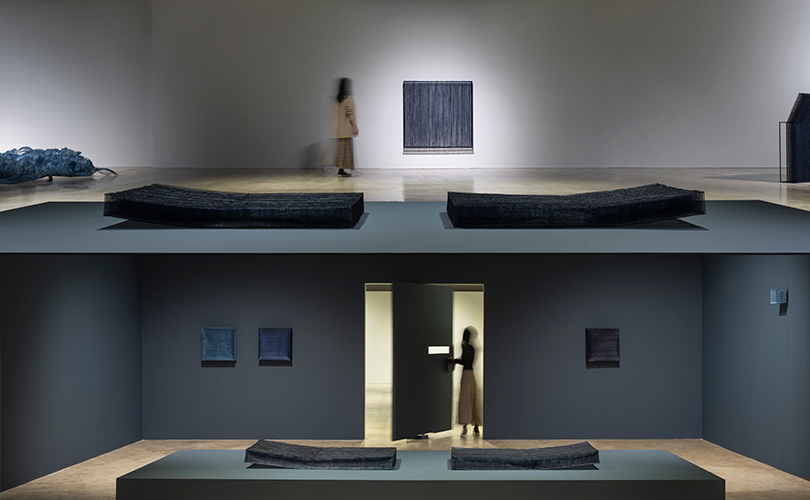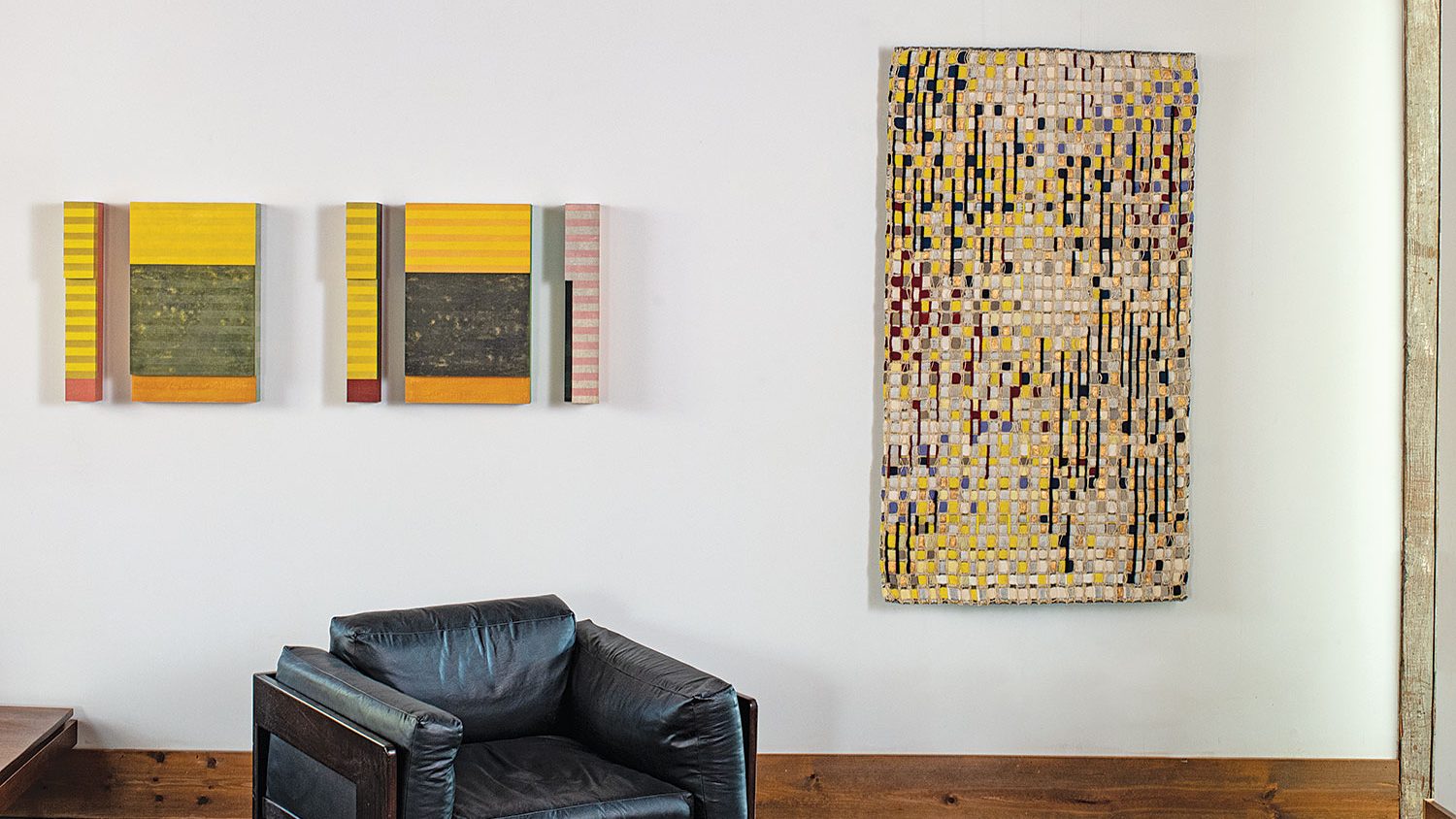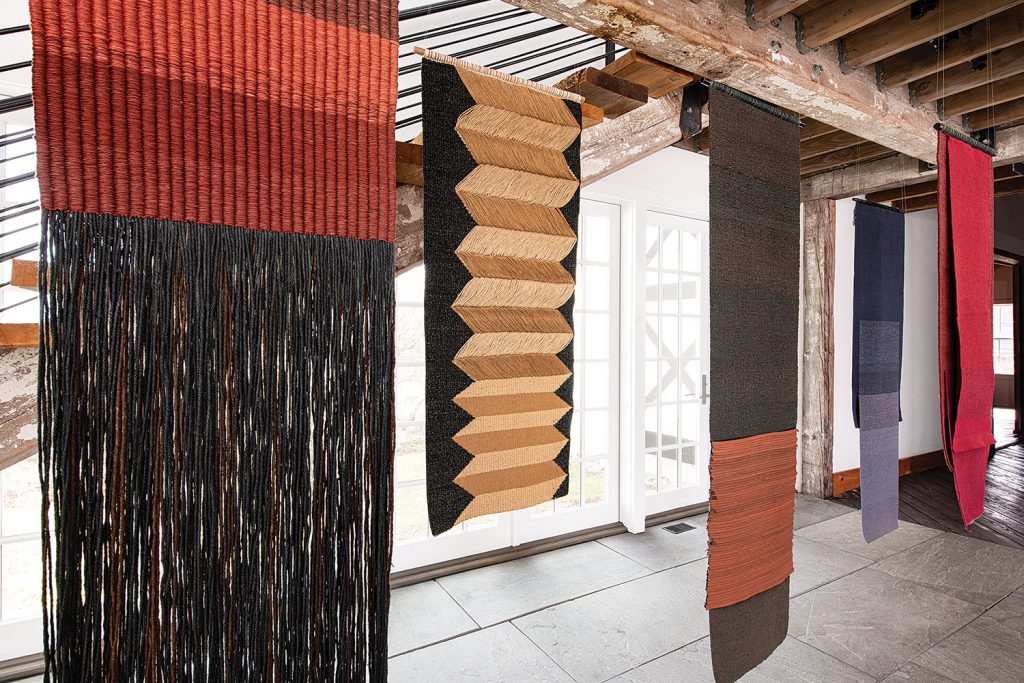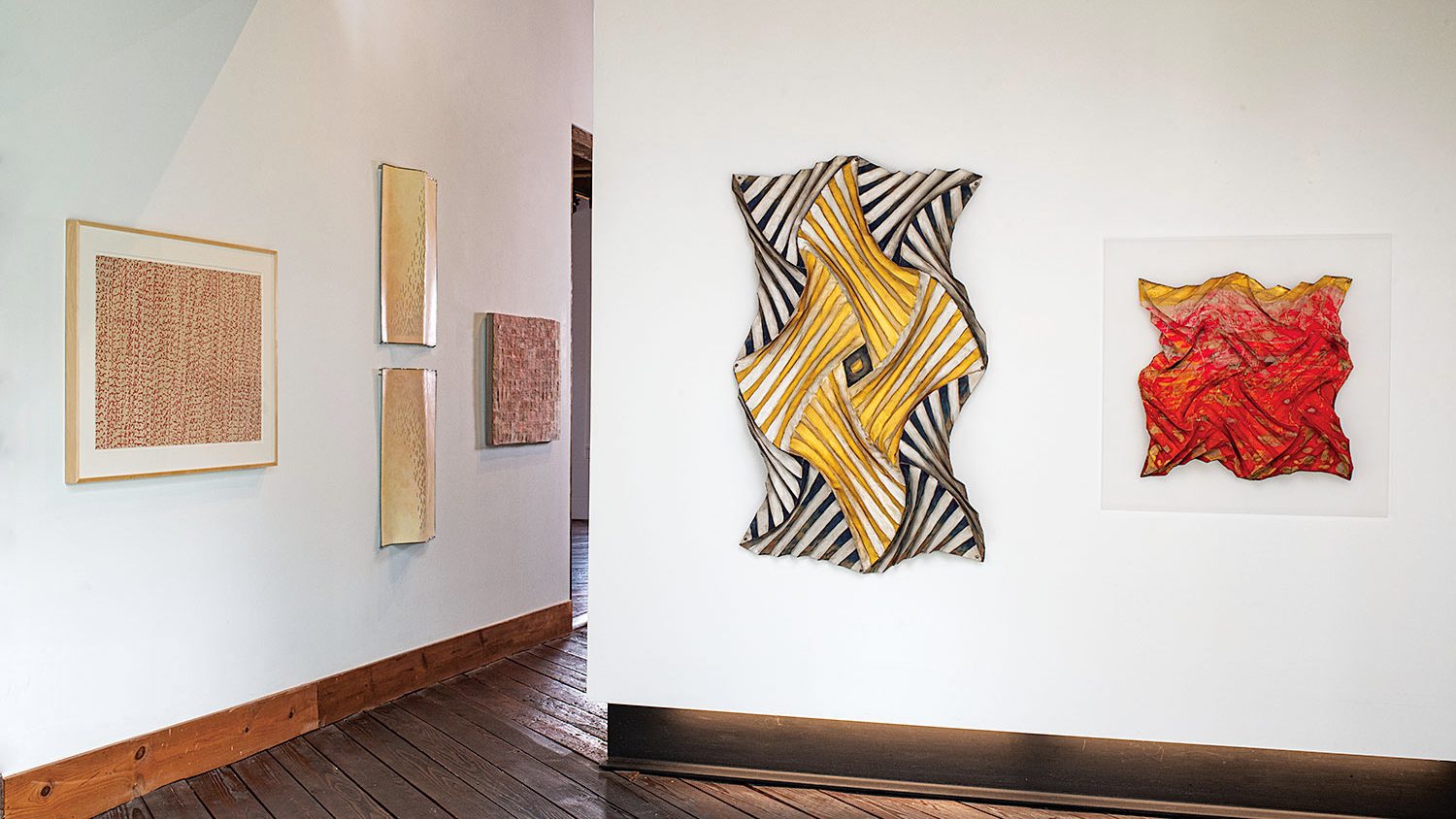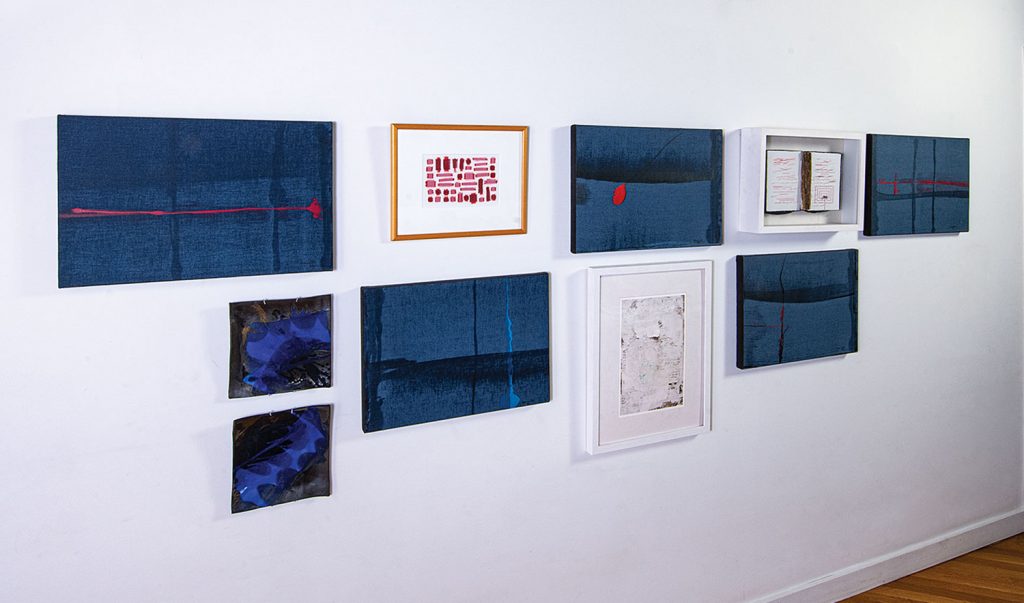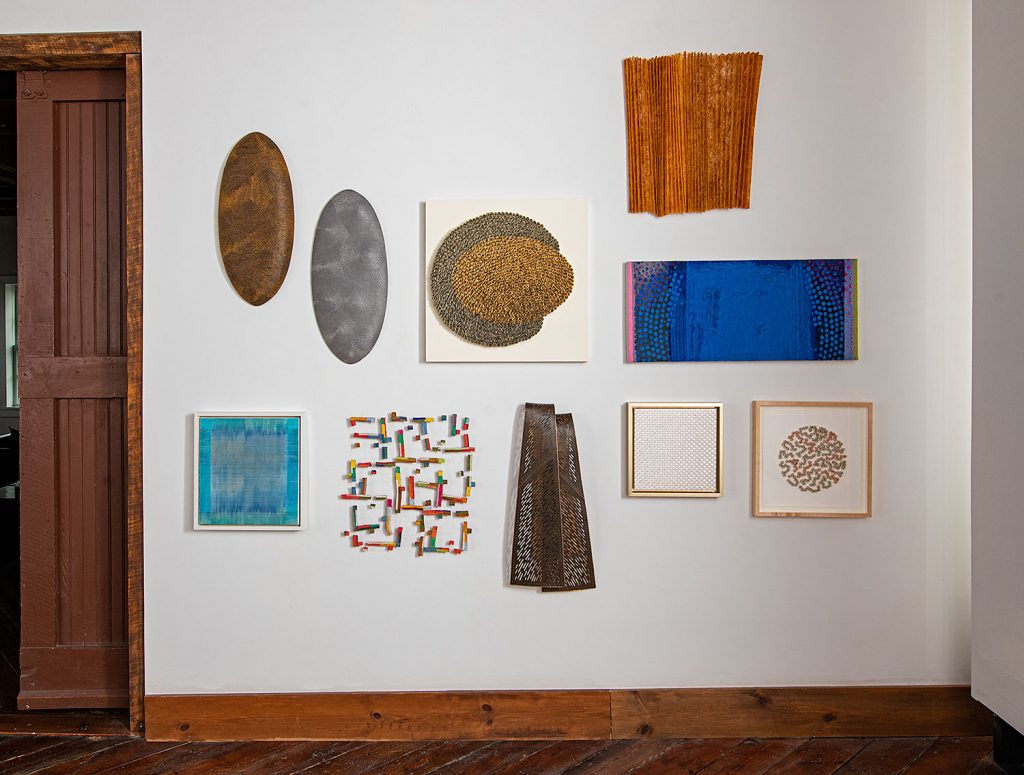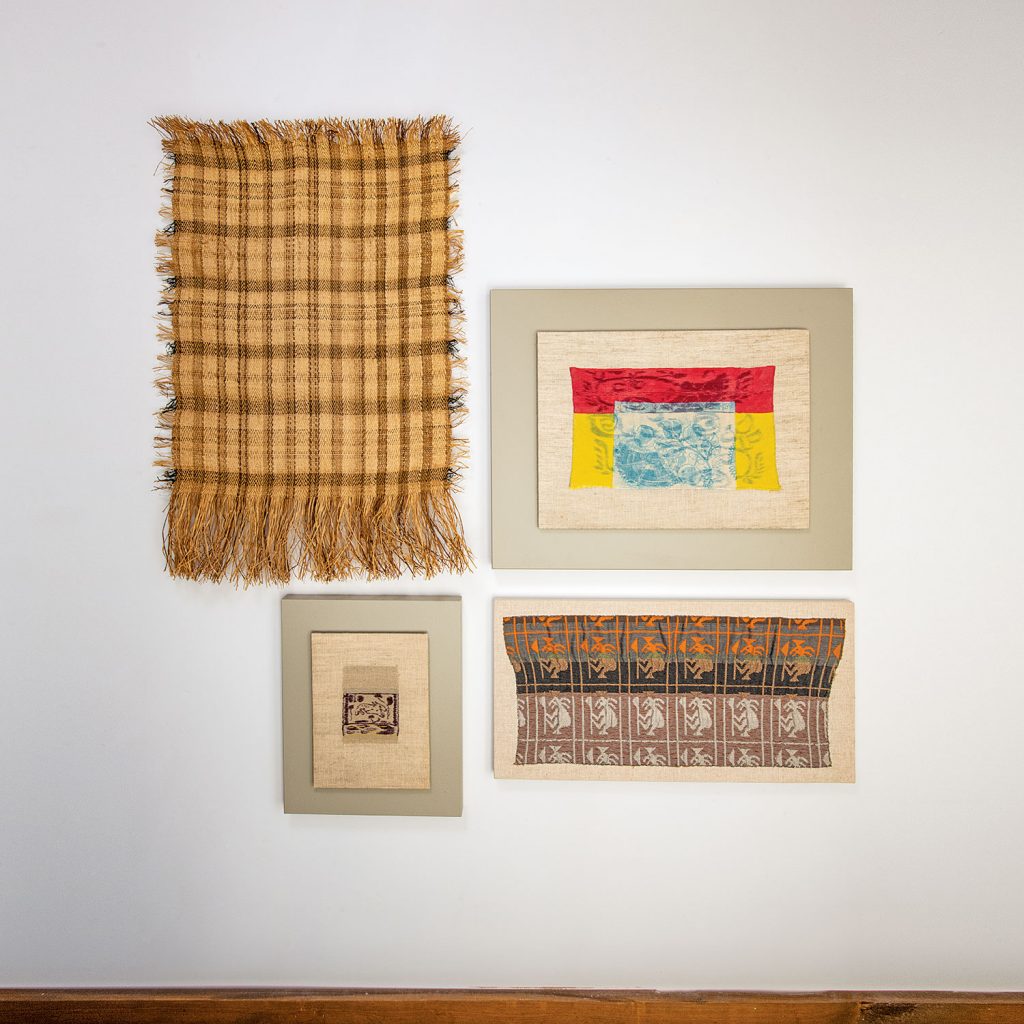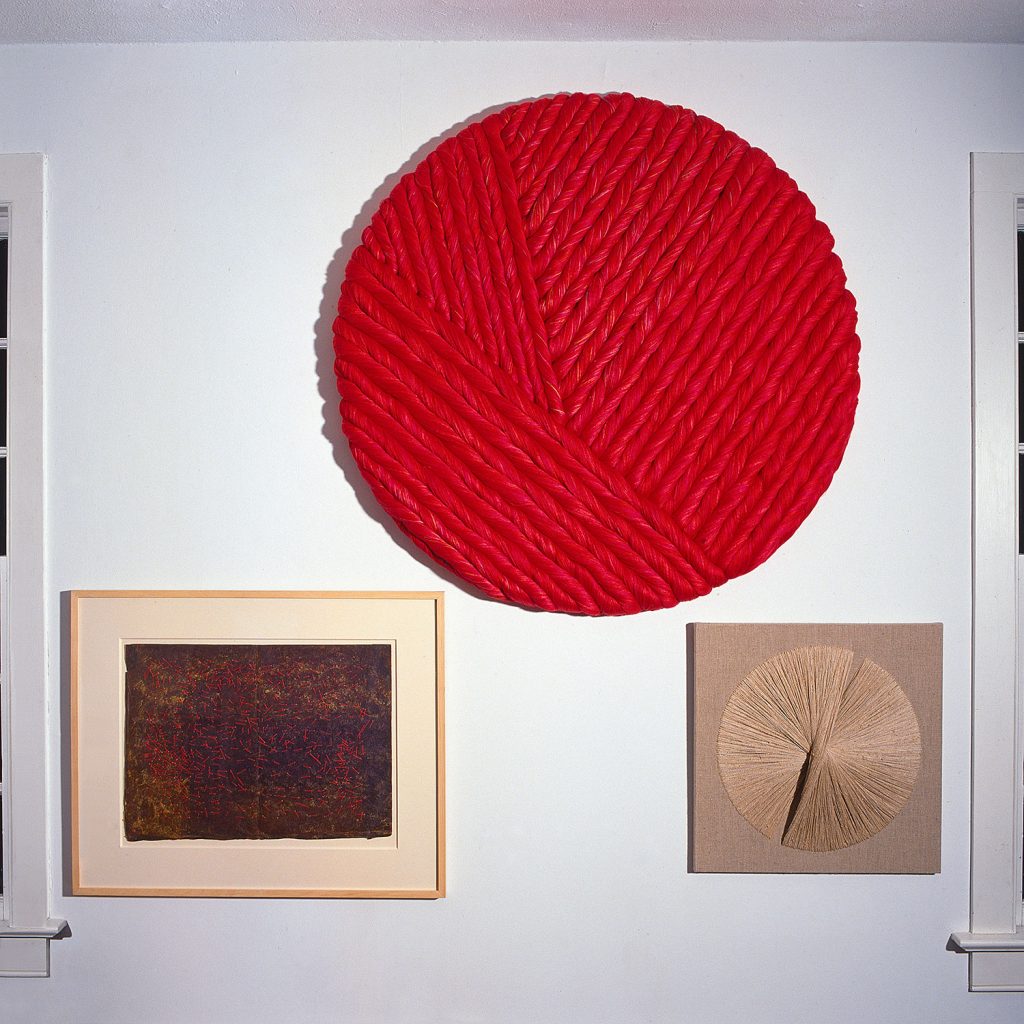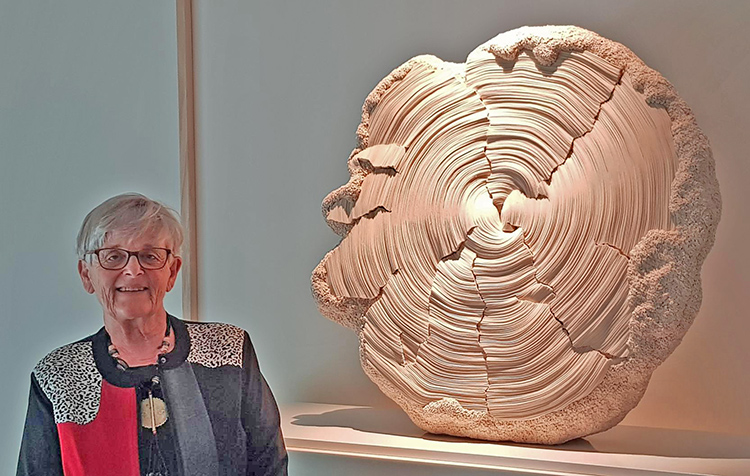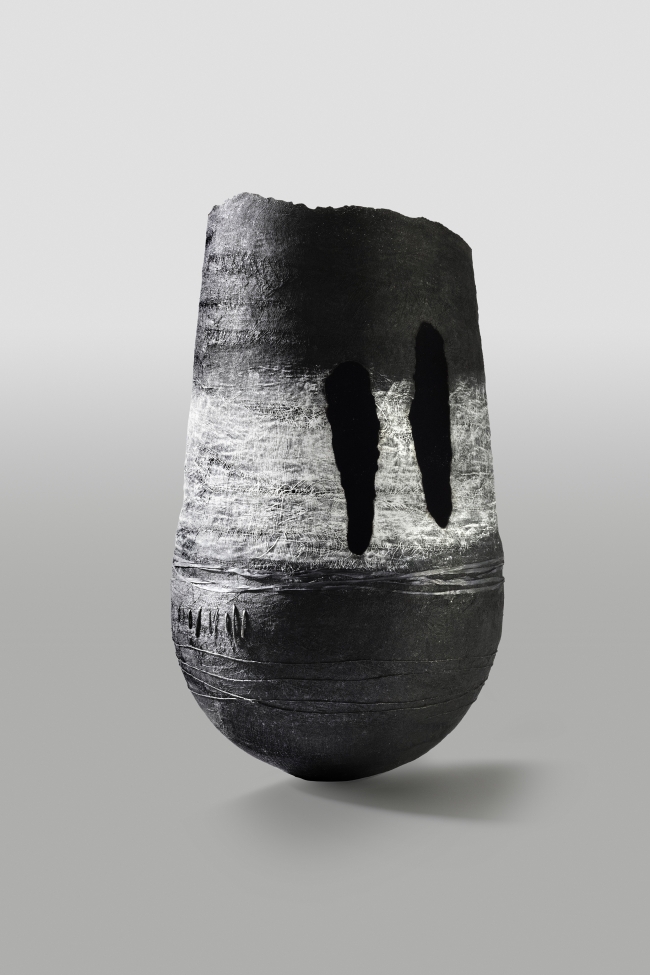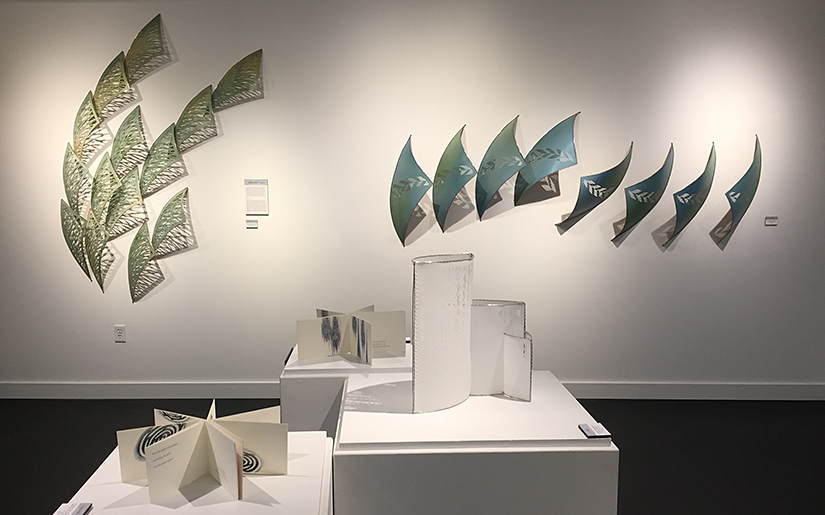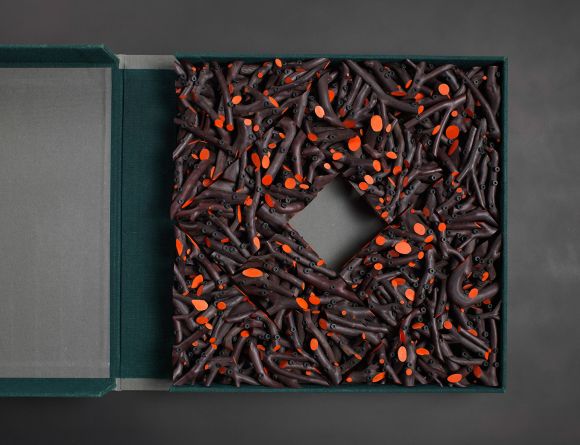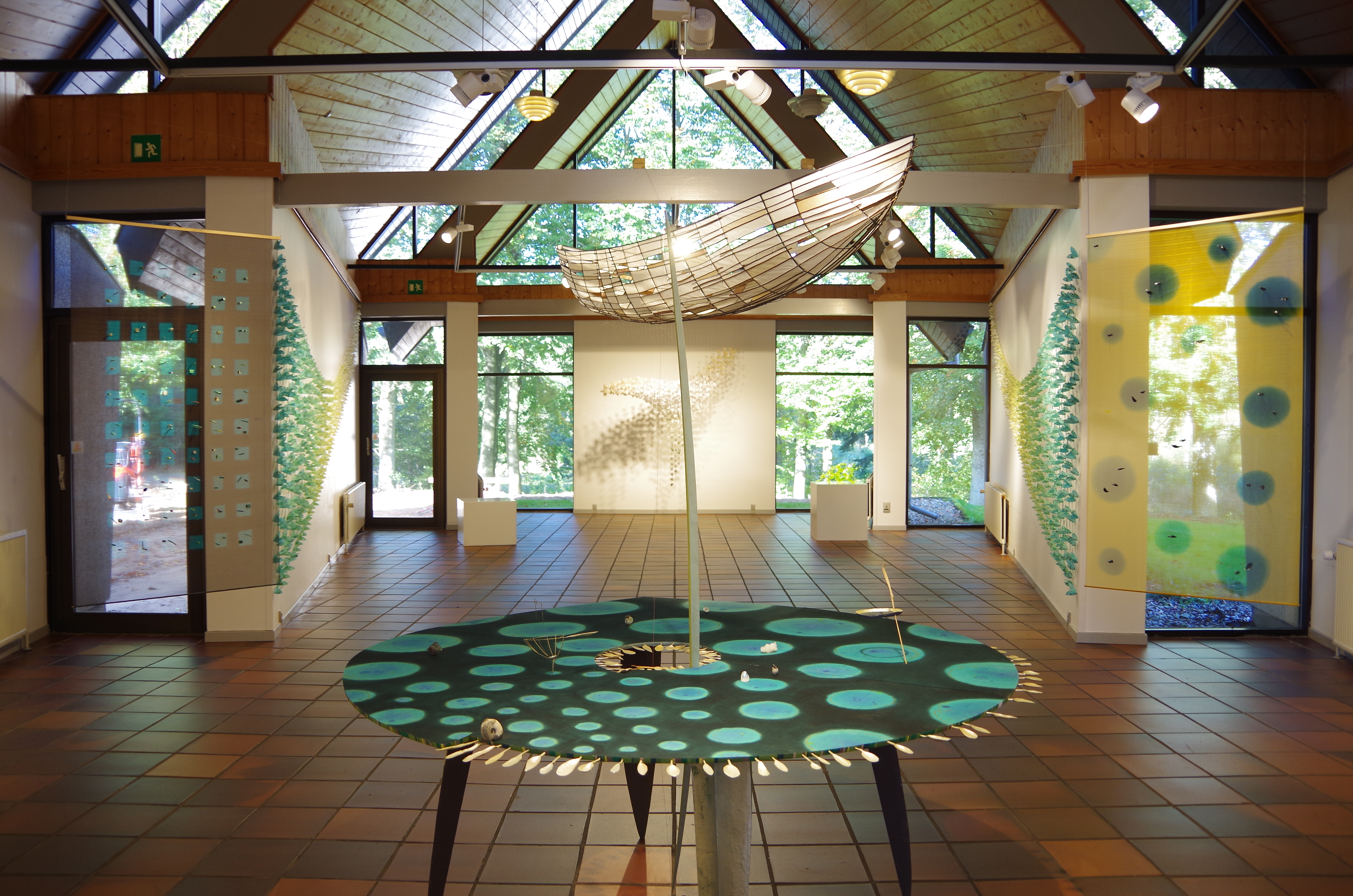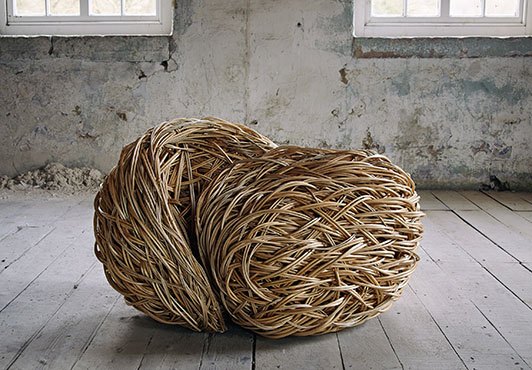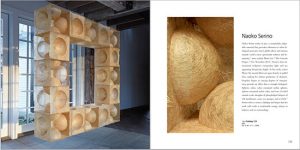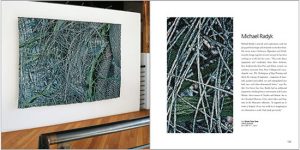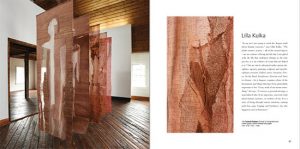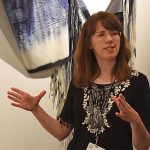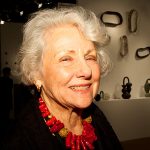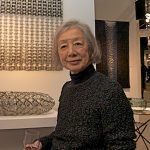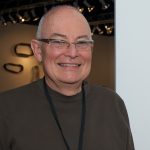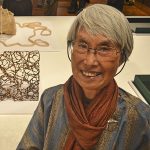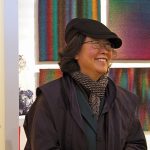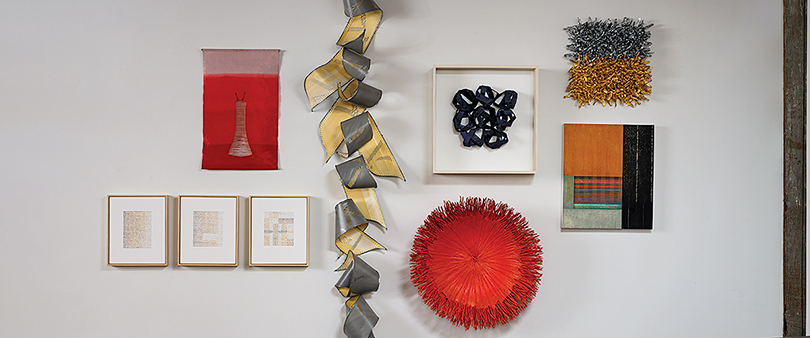
“Right-sized” refers to adjusting something to an appropriate or optimal size. In Right-Sized, the third exhibition within Ways of Seeing, we explore collections through this lens. We’ve drawn inspiration from collectors who focus on intention and specificity—such as historic textiles, woven portraits, and Japanese baskets.

Herb and Dorothy Vogel, for example, a postal worker and a librarian, built a world-class collection of Minimalist and Conceptual art in their New York apartment, mindful of both affordability and space constraints. One artist noted that they would only purchase works they could transport home via subway or taxi. Similarly, Lloyd Cotsen, known for his diverse collections, including Chinese bronze mirrors, children’s books, and Noah’s arks, considered size in his creation of The Box Project, now housed at The Textile Museum at The George Washington University Museum For this project, Cotsen requested 36 artists to create three-dimensional works that fit within boxes measuring either 14 x 14 x 2 .5 inches or 23 x 14 x 2.5 inches. The goal was to observe how contemporary fiber artists navigated challenges related to physical restrictions and dimensions. In Right-Sized, we have selected works that adhere to specific parameters of small size, much like Cotsen’s project, while also considering affordability, akin to the Vogels’ approach.
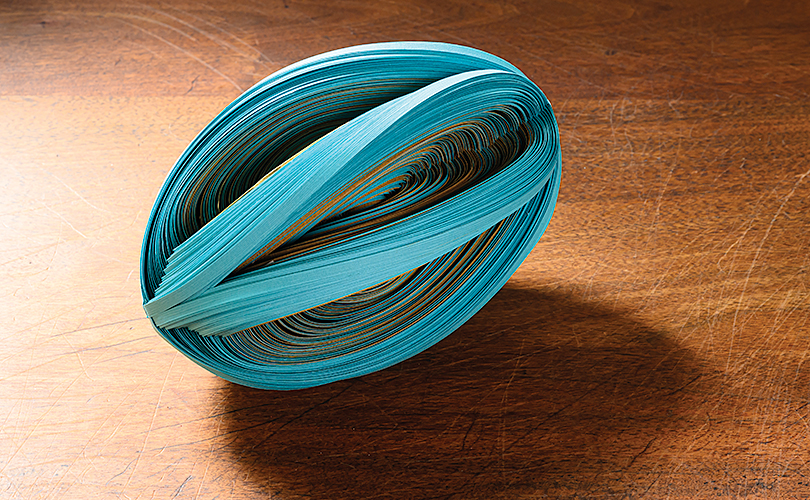
Right-Sized is characterized by its diversity in materials, techniques, and approaches. The exhibition includes a variety of framed paper works—pleated, painted, printed, and collaged—alongside a salon wall of eclectic pieces, including sculptural works made from sisal, paper, linen, and hemp, a “weaving” of copper, “drawings” in stone, and a Japanese watercolor woodblock print (mokuhanga). We have assembled a grouping of cubes and spheres of everything from bark to jute to stainless steel and another of baskets of natural materials, each at least 12 inches high. Elsewhere In Right-Sized, viewers will find exquisite embroidery by Diane Itter, wood vessels by Markku Kosonen, willow sculpture by Lizzie Farey, and threads embedded in perspex by Laura Thomas.

With its eclectic assortment of more than 70 works, Right-Sized seeks to engage viewers’ impulses to classify, organize, and collect.
See what we have assembled, in person, or in the Ways of Seeing catalog:
Exhibition Details:
Ways of Seeing
exploring ways individuals envision and curate art collections
browngrotta arts
276 Ridgefield Road
Wilton, CT 06897
Gallery Dates/Hours:
Saturday, September 21st: 11am to 6pm [Opening & Artist Reception]
Sunday, September 22nd: 11am to 6pm (40 visitors/ hour)
Monday, September 23rd through Saturday,September 28th: 10am to 5pm (40 visitors/ hour)
Sunday, September 29th: 11am to 6pm [Final Day] (40 visitors/ hour)
| Schedule your visit at POSH. Safety protocols: Reservations strongly encouraged; No narrow heels please (barn floors) |
Our Sponsor


